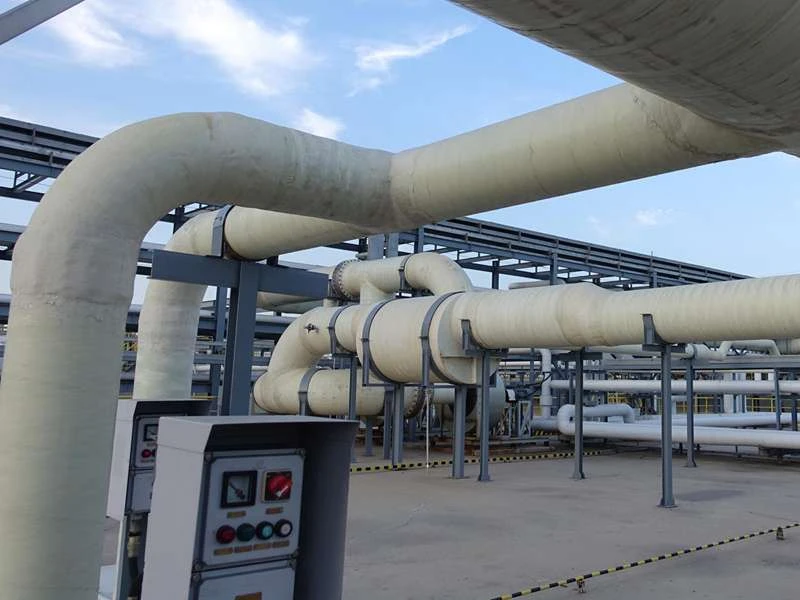
-
 Afrikaans
Afrikaans -
 Albanian
Albanian -
 Amharic
Amharic -
 Arabic
Arabic -
 Armenian
Armenian -
 Azerbaijani
Azerbaijani -
 Basque
Basque -
 Belarusian
Belarusian -
 Bengali
Bengali -
 Bosnian
Bosnian -
 Bulgarian
Bulgarian -
 Catalan
Catalan -
 Cebuano
Cebuano -
 China
China -
 China (Taiwan)
China (Taiwan) -
 Corsican
Corsican -
 Croatian
Croatian -
 Czech
Czech -
 Danish
Danish -
 Dutch
Dutch -
 English
English -
 Esperanto
Esperanto -
 Estonian
Estonian -
 Finnish
Finnish -
 French
French -
 Frisian
Frisian -
 Galician
Galician -
 Georgian
Georgian -
 German
German -
 Greek
Greek -
 Gujarati
Gujarati -
 Haitian Creole
Haitian Creole -
 hausa
hausa -
 hawaiian
hawaiian -
 Hebrew
Hebrew -
 Hindi
Hindi -
 Miao
Miao -
 Hungarian
Hungarian -
 Icelandic
Icelandic -
 igbo
igbo -
 Indonesian
Indonesian -
 irish
irish -
 Italian
Italian -
 Japanese
Japanese -
 Javanese
Javanese -
 Kannada
Kannada -
 kazakh
kazakh -
 Khmer
Khmer -
 Rwandese
Rwandese -
 Korean
Korean -
 Kurdish
Kurdish -
 Kyrgyz
Kyrgyz -
 Lao
Lao -
 Latin
Latin -
 Latvian
Latvian -
 Lithuanian
Lithuanian -
 Luxembourgish
Luxembourgish -
 Macedonian
Macedonian -
 Malgashi
Malgashi -
 Malay
Malay -
 Malayalam
Malayalam -
 Maltese
Maltese -
 Maori
Maori -
 Marathi
Marathi -
 Mongolian
Mongolian -
 Myanmar
Myanmar -
 Nepali
Nepali -
 Norwegian
Norwegian -
 Norwegian
Norwegian -
 Occitan
Occitan -
 Pashto
Pashto -
 Persian
Persian -
 Polish
Polish -
 Portuguese
Portuguese -
 Punjabi
Punjabi -
 Romanian
Romanian -
 Russian
Russian -
 Samoan
Samoan -
 Scottish Gaelic
Scottish Gaelic -
 Serbian
Serbian -
 Sesotho
Sesotho -
 Shona
Shona -
 Sindhi
Sindhi -
 Sinhala
Sinhala -
 Slovak
Slovak -
 Slovenian
Slovenian -
 Somali
Somali -
 Spanish
Spanish -
 Sundanese
Sundanese -
 Swahili
Swahili -
 Swedish
Swedish -
 Tagalog
Tagalog -
 Tajik
Tajik -
 Tamil
Tamil -
 Tatar
Tatar -
 Telugu
Telugu -
 Thai
Thai -
 Turkish
Turkish -
 Turkmen
Turkmen -
 Ukrainian
Ukrainian -
 Urdu
Urdu -
 Uighur
Uighur -
 Uzbek
Uzbek -
 Vietnamese
Vietnamese -
 Welsh
Welsh -
 Bantu
Bantu -
 Yiddish
Yiddish -
 Yoruba
Yoruba -
 Zulu
Zulu
frp hood
Understanding FRP Hoods A Modern Solution for Advanced Applications
In today's world of advanced materials and engineering, Fiber Reinforced Polymer (FRP) has emerged as a popular choice in various applications, particularly in the manufacturing of hoods for industrial, automotive, and aerospace sectors. FRP hoods are renowned for their lightweight nature, exceptional strength, and resistance to corrosion, making them an ideal solution for environments that demand durability and reliability.
What is FRP?
Fiber Reinforced Polymer (FRP) is a composite material made by combining a polymer matrix with reinforcing fibers, usually glass, carbon, or aramid. The fibers provide strength and stiffness, while the polymer matrix binds the fibers together and protects them from environmental factors. This composite nature of FRP contributes significantly to its impressive mechanical properties, leading to its increasing popularity across various industries.
Advantages of FRP Hoods
1. Lightweight One of the most significant advantages of FRP hoods is their lightweight characteristic. Compared to traditional materials like steel or aluminum, FRP is considerably lighter, which can lead to enhanced performance in applications such as automotive and aerospace engineering. Reducing the weight of components not only improves fuel efficiency but also enhances the handling and overall performance of vehicles and equipment.
2. Corrosion Resistance FRP hoods exhibit exceptional resistance to a wide range of chemicals and environmental conditions. This makes them particularly suitable for applications in harsh environments, such as marine applications or chemical processing plants, where corrosion can lead to significant maintenance costs and safety hazards.
frp hood

3. Customization The manufacturing process of FRP hoods allows for a high degree of customization. Designers can easily create hoods with complex shapes and sizes to fit specific requirements. This flexibility in design enables engineers to optimize performance and aesthetics for different applications, from stylish automotive designs to functional industrial equipment.
4. Thermal Insulation FRP materials also offer excellent thermal insulation properties. This can be particularly beneficial in automotive applications, where engine heat management is crucial for performance and safety. By using FRP hoods, manufacturers can enhance the thermal efficiency of vehicles, leading to improved performance and emissions control.
5. Sustainability As industries increasingly focus on sustainability, FRP hoods can contribute positively due to their long lifespan and recyclability. Many FRP products can be designed for a longer service life, reducing the need for replacements and minimizing waste.
Applications of FRP Hoods
The versatility of FRP hoods allows them to be utilized in various sectors. In the automotive industry, they are often employed in the design of lightweight body panels, which contribute to overall vehicle efficiency. In aerospace, FRP hoods are used for lightweight components that can withstand high stress, enhancing flight performance. Additionally, in the industrial sector, FRP hoods can protect equipment from corrosive environments, extending the life of machinery and reducing maintenance needs.
Conclusion
FRP hoods represent a significant advancement in material science and engineering. Their unique combination of lightweight, strength, corrosion resistance, and customizability make them a preferred choice across various applications. As industries continue to seek innovative solutions to improve efficiency and sustainability, FRP hoods are poised to play a vital role in the future of design and manufacturing. Embracing this technology not only paves the way for enhanced performance but also aligns with the global trend towards eco-friendly practices, making FRP hoods a truly modern solution in the evolving landscape of material technology.









